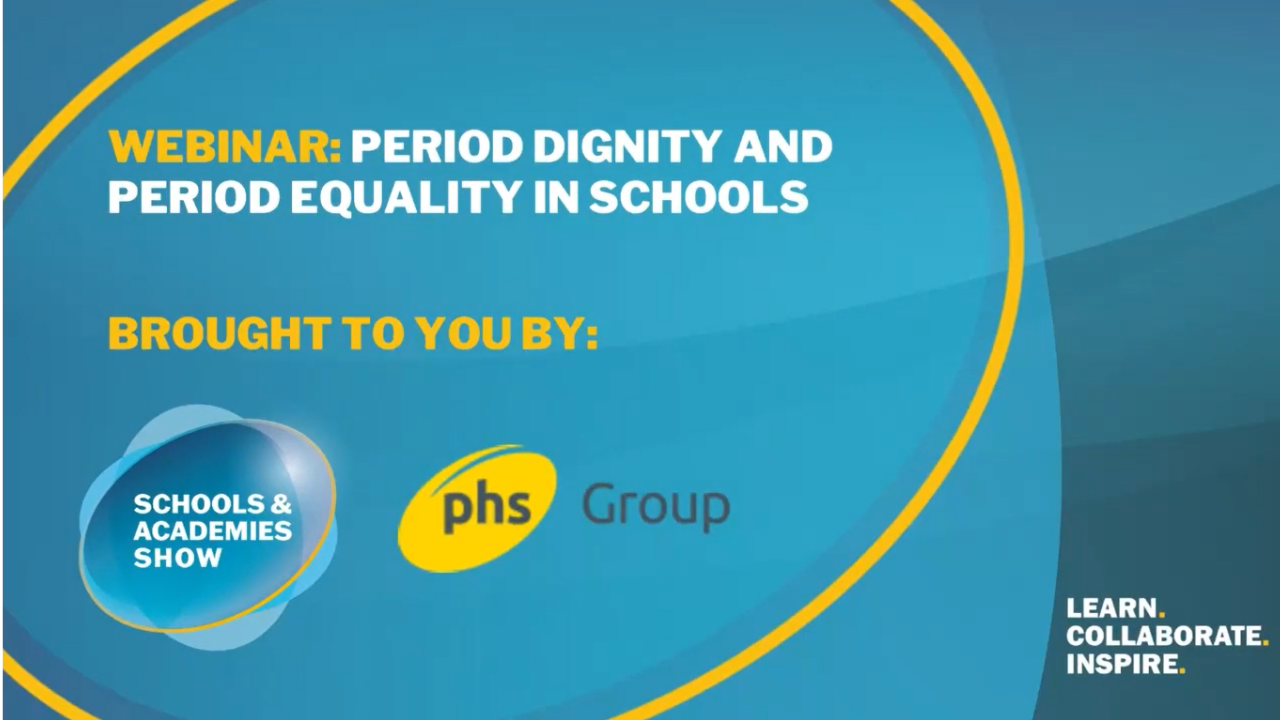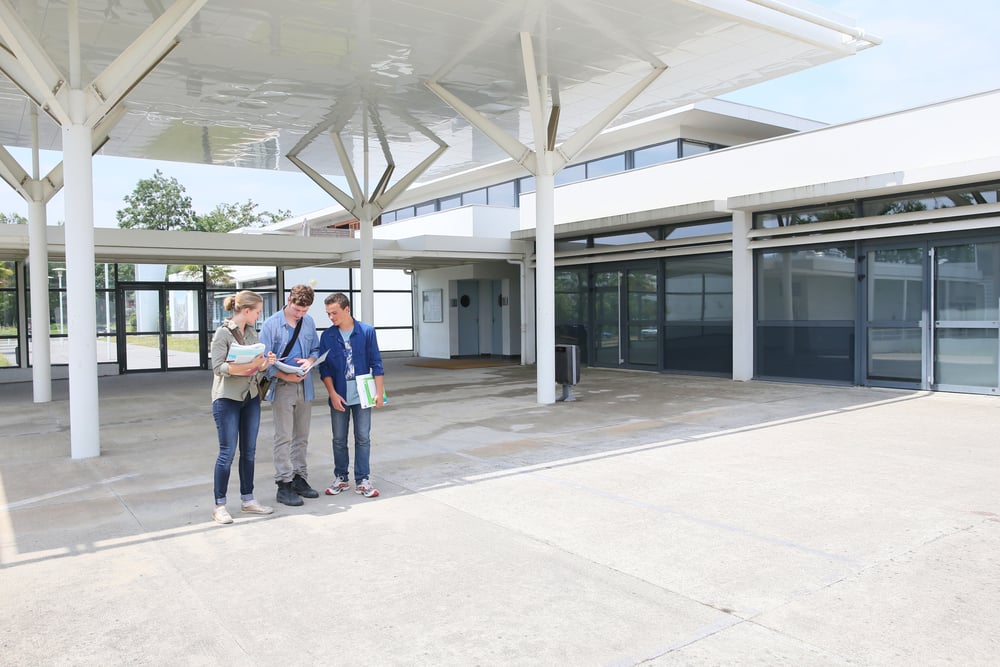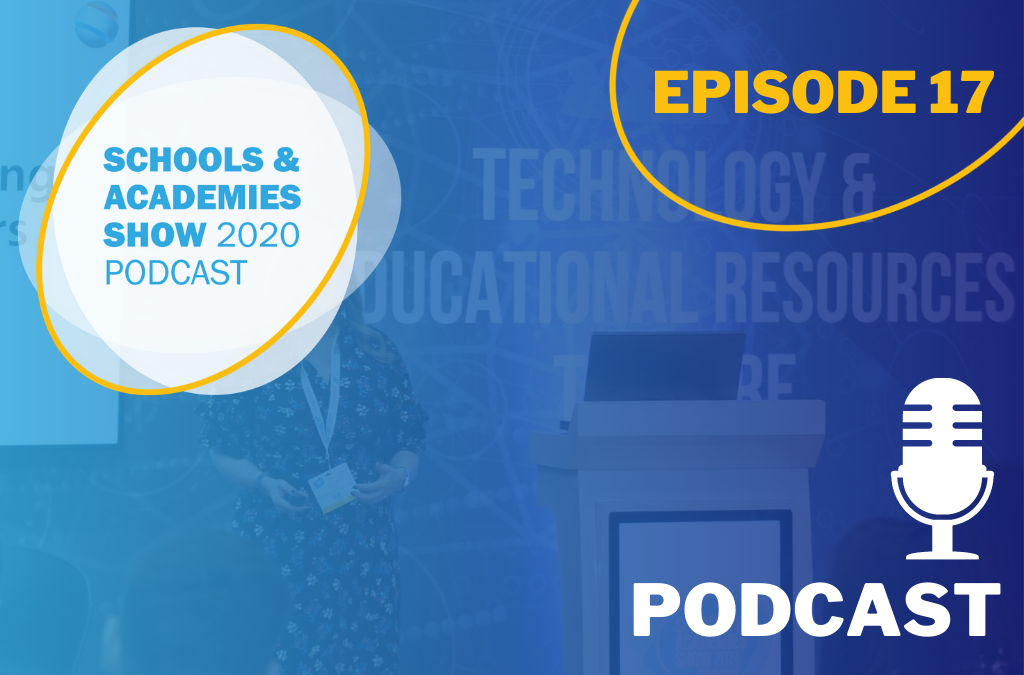Pupil Premium Funding: Eligibility and Closing the Attainment Gap
Unsure about how much pupil premium funding you might be eligible for?
Here, we answer some of the key questions Pupil Premium Leads, Headteachers and School Governors may have about pupil premium funding, including who is eligible and how funds are best utilised to reduce the attainment gap.
The attainment gap in schools remains one of the education sector's biggest challenges, requiring an ongoing committed response from the Department for Education (DfE). Evidence consistently shows that children from disadvantaged backgrounds generally face more difficulties in reaching their full potential at school and often do not perform as well as their peers.
The government’s pupil premium grant is designed to level up the playing field by helping disadvantaged pupils.
What is pupil premium funding?
Introduced in 2011, the pupil premium refers to additional school funding for disadvantaged pupils. The aim of pupil premium funding is to enhance attainment and improve learning outcomes for children from low-income families.
Pupil premium funding also contributes to pastoral care support for children and young people with parents in the regular armed forces.
On what basis is it distributed to schools?
The calculation of pupil premium allocations for mainstream and special schools is based on the number of eligible pupils recorded by schools in the relevant census.
Schools get pupil premium funding based on the number of pupils they have from the following groups:
- Free school meals*
- Looked-after children
- Children adopted from care or who have left care (previously looked-after)
*This includes pupils recorded as eligible for free school meals at the time of the last October school census, or at any point in the previous six years.
Eligible schools are:
- Local authority maintained schools
- Academies and free schools
- Voluntary-aided schools
- Non-maintained special schools
The grant conditions determine the funding must be used for:
- The purposes of the school, that is, the educational benefit of pupils registered at that school
- The benefit of pupils registered at other maintained schools or academies
- Community facilities; for example, services whose provision benefits pupils at the school or their families, or people who live or work in the locality in which the school is situated
In addition, new conditions determine that schools must show their pupil premium spending is backed by evidence. The DfE will carry out “monitoring checks” on a sample of school reports to check this. This will be in addition to the usual measurements obtained by Ofsted and from performance tables.
Schools must also now use the government’s strategy statement templates to publish their pupil premium strategies.
The grant does not have to be completely spent by schools in the same financial year; some or all of it may be carried forward to future financial years.
How is pupil premium calculated?
The pupil premium is based on the ‘Ever 6’ measure, which covers pupils who have been eligible for free school meals (FSM) in any of the termly school censuses during the last six years.
Schools get £1,345 for every primary age pupil, or £955 for every secondary age pupil, and £2,345 for every pupil who has left local authority care through adoption, a special guardianship order or child arrangements order.
Schools also get £310 for every pupil with a parent who is serving in HM Forces or has retired on a pension from the Ministry of Defence (all figures correct at the time of publishing).
When do schools get pupil premium each year?
The pupil premium is allocated yearly but it is paid in quarterly instalments.
How should/can it be used?
Schools can choose how to spend their pupil premium money and allocated funding doesn’t necessarily have to be spent directly on the individual pupils who qualify. Evidence suggests that pupil premium spending is most effective when schools use a tiered approach across teaching, academic support and wider approaches.
The four key areas for pupil premium spending seen as essential in supporting pupil progression are:
- Investing in teaching quality, such as professional development or early career support
- Targeted academic support, such as the deployment of teaching assistants or extra tutoring
- Tackling non-academic barriers such as attendance
- Addressing behaviour issues and offering emotional support
While direct interventions are an important part of a pupil premium strategy, they are likely to be more effective when deployed alongside improvements in teaching, such as career development, and when other barriers to learning, such as attendance and behaviour, are addressed.
Common ways schools use the pupil premium funding are:
- Extra support, either one-to-one or in small groups, within the classroom
- Employing extra teaching assistants
- Offering catch-up sessions before or after school
- Providing a school breakfast club to improve attendance
- Giving extra tuition to able children
- Providing music lessons for children whose families are unable to afford them
- Funding extra-curricular trips for disadvantaged children
- Paying for speech and language therapy or family therapy
- Funding English classes for children who speak another language at home
- Investing in resources, such as laptops or tablets, or P.E. kit
In a recent IG Schools blog post, Nigel Bishop, National Education Trainer and Consultant, and expert in the best pupil premium approaches said: “Actions and approaches should be chosen based on external or in-school evidence of their likely effectiveness, including the use of limited trials and control groups where appropriate.”
Squaring the circle in light of Covid-19
A key priority in light of Covid-19 will be mental health and wellbeing. Pupils from disadvantaged backgrounds will undoubtedly have suffered the most and school leaders will need to cultivate positive mental wellbeing, build emotional resilience and create stability for pupils across the board.
The pupil premium strategy will inevitably overlap with a school’s Covid-recovery plan and these will jointly need to address how the Covid-19 lockdown period has impacted disadvantaged children and young people, whilst also establishing what help is needed to ensure they catch-up on lost learning time.
Many education leaders and facilitators will have faced issues around pupils’ digital literacy and their ability to access digital technology. Pupils from a disadvantaged background are far more likely to lack access to connectivity and platforms.
Now more than ever, schools will need to be creative to successfully overcome learning barriers and ensure pupil premium funding reaches those it was designed to help. These children need guidance and support to ensure they receive a quality education and sufficient opportunities for success. Projects that inspire confidence and broaden aspirations among children are essential.




